A member of Parliament (MP) is a person who is elected to represent a single federal electoral district (or “riding”) in the House of Commons. As elected representatives, MPs have three main duties: legislating in Parliament, representing their riding and political party, and serving their constituents. MPs occupy different roles and levels of influence. They hold office until Parliament is dissolved — typically four-year terms — and can be re-elected any number of times. Any Canadian citizen who is at least 18 years old on election day can run for office. Most MPs are elected as a member of a political party. Some campaign and sit as independents. There are currently 338 seats for MPs in the House of Commons.
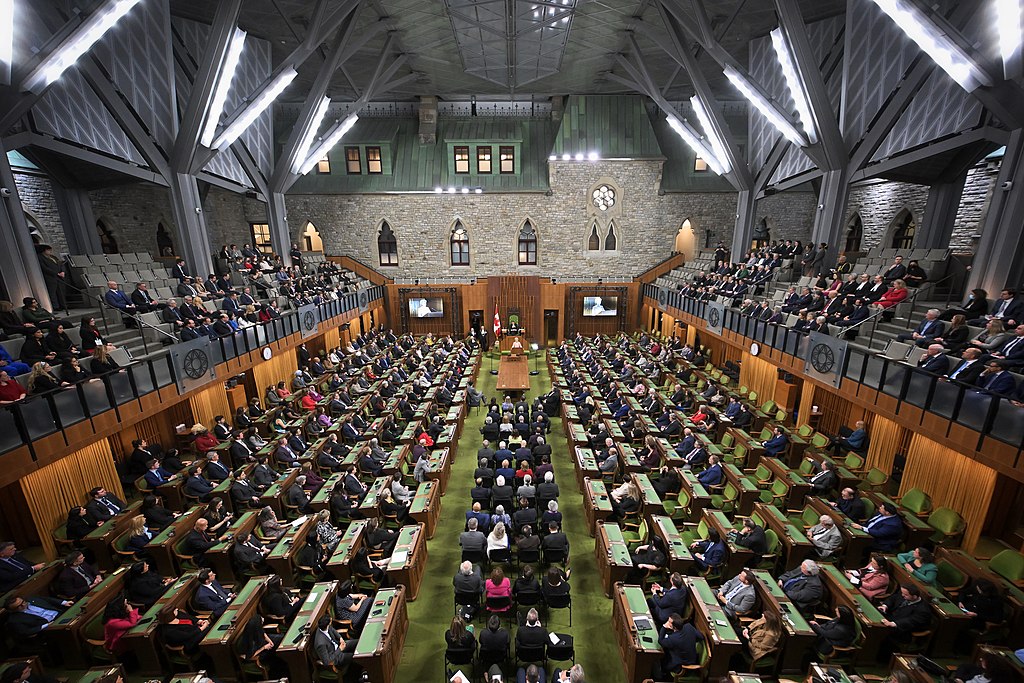
What do Members of Parliament Do?
Policymaking is the domain of cabinet, its ministers and the senior public service. As a group, MPs have less affect on policy formation. Some claim a strong voice in caucus and in committees. Part of an MP’s representative role is responding to the grievances of constituents. MPs are elected to represent the interests of the people in their ridings, where they maintain an office. As representatives MPs propose, debate, and vote on legislation. They engage in committee work; speak on matters of local, regional and national importance in the House of Commons (and during caucus meetings); and ask questions of the prime minister and of cabinet ministers when Parliament is in session. They also review government spending estimates and vote on federal budgets.
Roles in the House of Commons
Members of Parliament occupy different roles and levels of influence in government. Members can be assigned or elected to a variety of positions. These include speaker, house leader, party whip, committee chair, cabinet minister or opposition critic. MPs are paid public servants whose annual salary, as of March 2023, starts at $189,500. Members with additional responsibilities (including the prime minister and the positions listed above) earn higher salaries. They also receive additional perks such as a car allowance. Housing is provided to both the prime minister (24 Sussex Drive) and the leader of the Opposition (Stornoway).
Prime Minister
The prime minister is the head of the federal government. He or she is also an elected member of Parliament. In the party system, the leader of the party with the most support in the House of Commons normally becomes prime minister. People are not specifically elected to the position. Party leaders can become prime minister even if they are not an MP. For example, John Turner spent most of his term as prime minister outside the Commons. However, convention would urge them to seek a seat in a general election or a by-election.
The prime minister sets policy direction, manages government, directs and appoints cabinet, meets with foreign delegations, and answers questions — from opposition members and sometimes from backbenchers in his or her party — when Parliament is in session. The prime minister and cabinet must maintain the support (confidence) of a majority of MPs in the house to govern.
Cabinet Ministers
Certain MPs are appointed to cabinet, the committee of ministers that holds executive power. Cabinet ministers are typically from the party holding the most seats in the House of Commons. Most ministers are the formal head of one or more government department. Those departments often include safety, health, employment, defence, environment, Indigenous and northern affairs, natural resources, economic development, immigration, agriculture, transportation, tourism, foreign affairs, justice, intergovernmental affairs and finance, among others. Ministers set departmental priorities. They draft public policy, serve on committees, and propose legislation.
Opposition Critics
In the House of Commons, opposition parties form “shadow cabinets,” which mirror cabinet. These shadow ministers (generally referred to as opposition critics) hold the government to account. They criticize cabinet, offer alternate policy ideas, and convey their party’s position and message.
Backbenchers
Members who are not in cabinet are known as backbenchers. This is because they historically sat on benches in the back of Parliament. The main work for all backbenchers is to provide services to constituents. They are also involved in policy making with their party caucus. They can also serve on committees reviewing legislation.
Representation
There are currently 338 seats in the House of Commons. The seats are distributed equitably among the provinces and territories. The number of seats is allocated by a procedure known as redistribution. It occurs every 10 years, after a census in a year ending in “1,” such as 2011. (This is known as a “decennial census.”) The 2021 federal election was the last to take place with the current allocation of 338 seats. A new distribution of seats — with a total of 343 in the House of Commons — will be in effect for the next election.
Elected Members of Parliament
Any Canadian citizen who is at least 18 years old on election day can run for office. Virtually all MPs are elected as a member of a political party. A small minority campaign or sit as independents.
MPs generally possess a high level of education. After the 2015 election, 227 MPs had bachelor’s degrees, 97 had master’s degrees and 14 had PhDs. Many are elected to serve in the federal government after serving in provincial, territorial or municipal government. Many others enter politics from the private sector. Common professions include careers in business, law, consultancy, teaching and journalism.
Following the 2021 election, 70 per cent of MPs were men. Thirty per cent were women — a record high. Most MPs were also middle-aged (in their 40s and 50s). Their careers are usually short-lived — eight years, or two terms on average — due to shifting electoral behaviour.
DID YOU KNOW?
Enfranchised women in Canada first gained the right to run for federal office on 7 July 1919. (See Women’s Suffrage in Canada.) In the 1921 general federal election, Agnes Campbell Macphail became the first woman elected to Parliament. She remained the only female MP in the House of Commons until Martha Louise Black was elected in 1935.
Diversity in the House of Commons
In 2015, 54 Indigenous candidates ran in the federal election. A record 10 Indigenous MPs were elected to the House of Commons. This was up from seven in 2011. In the 2019 federal election, 62 Indigenous candidates ran for office. Of that number, 10 (four First Nations, four Métis and two Inuit) were elected. In the 2021 election, a record high 77 Indigenous candidates ran for office, including 23 First Nations. As in 2019, 10 were elected.
In 2015, visible minority groups represented 12.9 per cent of all candidates from the six main parties. (See Liberal Party of Canada, Conservative Party of Canada, New Democratic Party, Bloc Québécois, Green Party of Canada, People’s Party of Canada.) In 2019, that proportion increased to 15.7 per cent. The total number of visible minority MPs elected increased from 47 (13.9 per cent) in 2015 to 51 (15.1 per cent) in 2019 and to 53 (15.7 per cent) in 2021.
The number of women candidates who ran in federal elections increased from 533 in 2015 to 597 in 2019. In total, 98 women were sworn into the House of Commons after winning seats in the 2019 federal election. This was 10 more than in the 2015 federal election. In 2019, 830 men ran as candidates and 240 were elected. As of October 2022, women accounted for 30 per cent of seats in the Commons, compared to 70 per cent of seats held by men.
At least 87 candidates from the LGBTQ+ community ran in the 2019 federal election. Of this number, four openly LGBTQ+ people were elected to the House of Commons, representing fewer than five per cent of LGBTQ+ candidates.
See also Parliament; Canadian Party System; Canadian Electoral System; Prime Minister of Canada; Cabinet; Opposition Party; Leader of the Opposition.

 Share on Facebook
Share on Facebook Share on X
Share on X Share by Email
Share by Email Share on Google Classroom
Share on Google Classroom

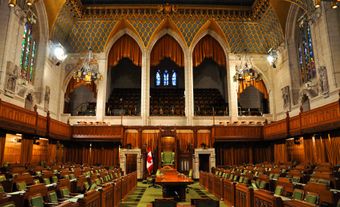

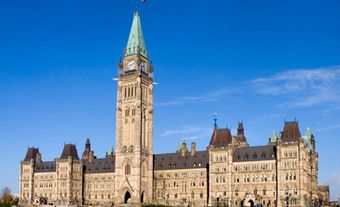
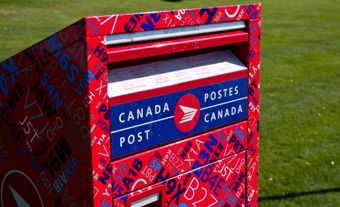
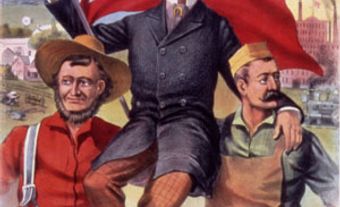
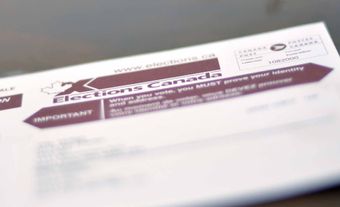
.jpg)